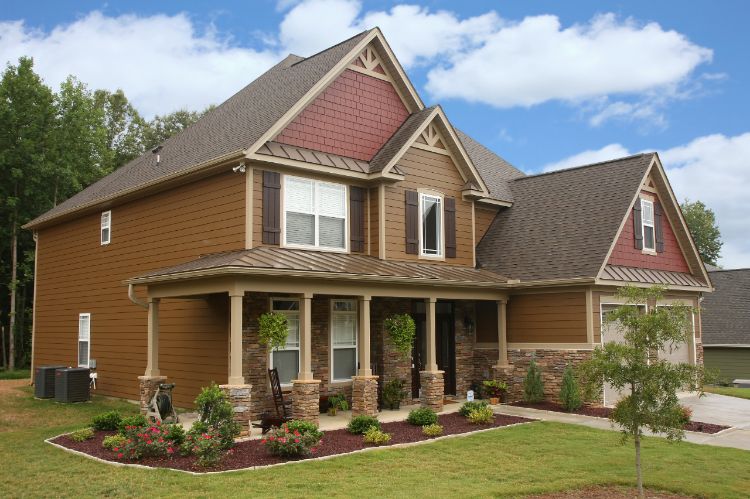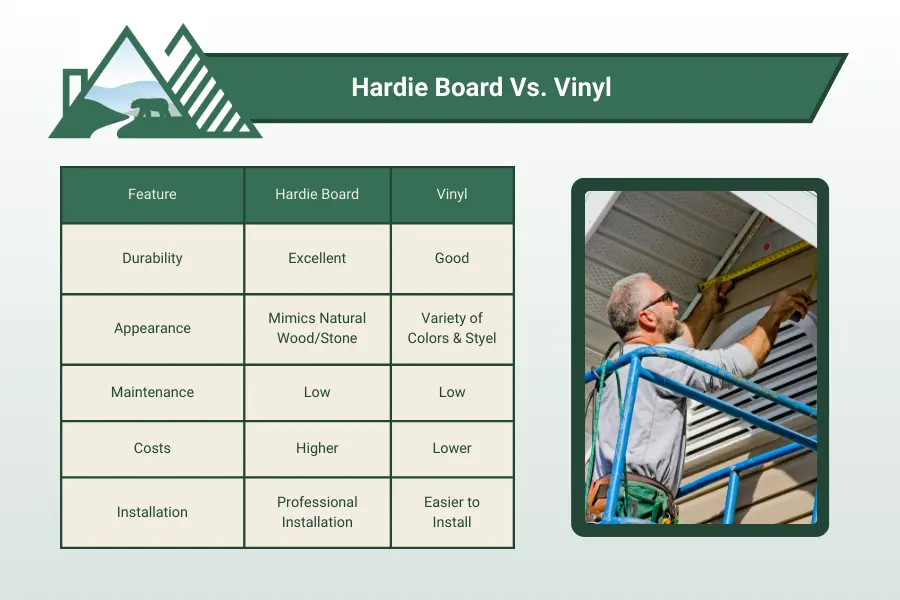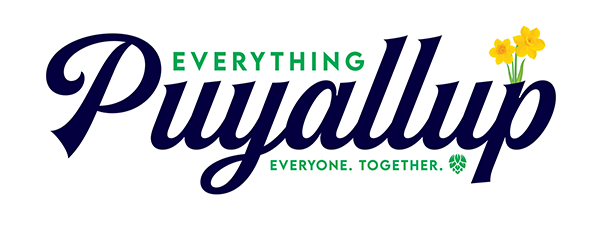When it comes to choosing the right siding for your home, it often boils down to selecting between Hardie Board and vinyl siding. Each of these options offers a unique set of advantages that cater to different homeowner needs and preferences. Hardie Board, known for its durability and aesthetic appeal, mimics the look of wood without the high maintenance, while vinyl siding stands out for its cost-effectiveness and ease of upkeep. Making an informed decision requires a deep dive into the pros and cons of each material, understanding how they can protect, beautify, and enhance the efficiency of your home.
The debate between Hardie Board and vinyl siding is not just about aesthetics; it's also about longevity, resilience, and impact on your home's overall value.
Hardie Board siding is celebrated for its exceptional strength and ability to withstand severe weather conditions, pests, and fire, making it a long-lasting option that can significantly enhance your home's curb appeal. On the other hand, vinyl siding offers a budget-friendly alternative with a variety of colors and styles that require minimal maintenance. However, it may not hold up as well against extreme temperatures or impacts. Understanding these differences is crucial for homeowners looking to make a choice that aligns with their needs, budget, and priorities.

- Hardie Board vs. Vinyl Siding: A visual comparison. Source: Siding King - thesidingking.com
When considering the cost, energy efficiency, and environmental impact of each siding option, it's clear that both Hardie Board and vinyl siding have their own merits. Hardie Board is recognized for its durability and the ability to pair with
insulating sheathing products, which can improve your home's energy efficiency. Although it comes with a higher initial cost, the long-term savings in maintenance and energy bills could make it a worthwhile investment. Vinyl siding, on the other hand, offers immediate cost savings and better energy efficiency out of the box, especially when opting for insulated versions. However, its environmental footprint, stemming from its reliance on fossil fuels for production and challenges in recycling, is a consideration for eco-conscious homeowners.
Making the right siding choice involves more than just comparing prices and appearances; it requires a thoughtful consideration of how each option aligns with your lifestyle, long-term financial planning, and environmental values. For those prioritizing durability and eco-friendliness, Hardie Board may be the superior choice, offering a sustainable solution with less environmental impact and a longer lifespan. If budget and ease of maintenance are your main concerns, vinyl siding provides an attractive and cost-effective way to update your home's exterior without frequent upkeep. Ultimately, the decision should reflect what you value most in a siding material—whether it's the lasting beauty and strength of Hardie Board or the affordable versatility of vinyl siding.
Lastly, whether you're leaning towards Hardie Board for its enduring beauty and resilience or favoring vinyl siding for its cost-effectiveness and low maintenance, choosing the right contractor for installation is paramount. Quality installation ensures that your chosen siding not only looks great but also performs its best over time, protecting your home from the elements and enhancing its energy efficiency. Dependable contractors with proven expertise in siding installation can make all the difference in maximizing the benefits of your siding investment, ensuring that your home remains beautiful, comfortable, and well-protected for years to come.



